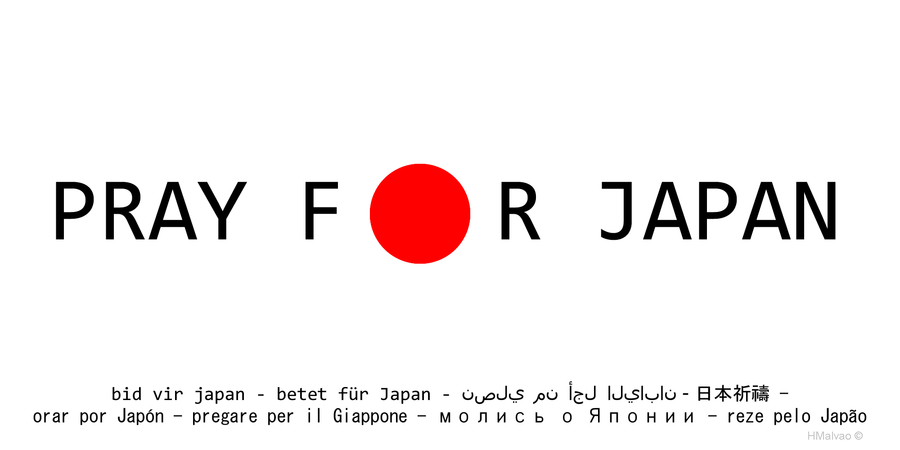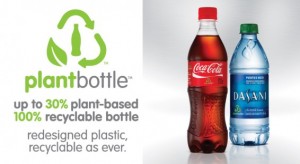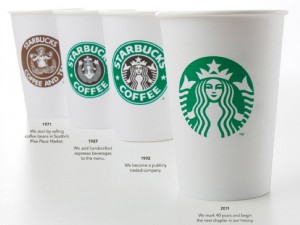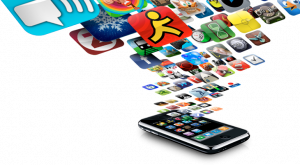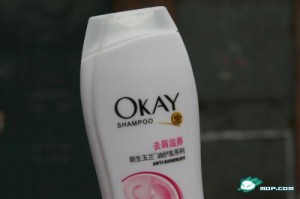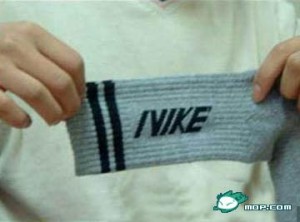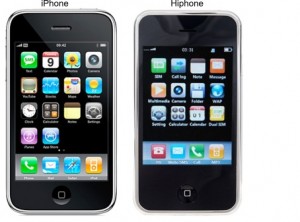I was looking at my friend-Jenny’s blog, and saw her recent post “Everyone would be attracted” about a redesigned official webpage for Nando’s Chicken. I was very excited reading this post because I used to love Nando’s so much while I was in New Zealand, and I went there at least twice per month. Now here I am in Canada, I have never been to any of Nando’s restaurant.
In Jenny’s post, she briefly described what the current webpage is like and expressed her thinking towards online web advertizing. Indeed, this is a very eye-catching website and obviously Nando’s has noticed the significant role that social media plays in the marketing strategy. People nowadays spend a lot of time online and this creates great opportunities for companies to develop orimprove their online marketing strategies. It would be great new experiences for customers to feel involved with the products and services, and people sometimes google a company or its product and service first before they actually get into stores. Therefore, an attractive and appealing online performance are greatly needed for a company, in order to expend its customer bases and increase the brand or company exposure.
Nando’s designs its homepage as if it was a kitchen at home, and people are willing to explore more and stay longer on the site because it is so creative and interesting. Nando’s has made a very good impression on customers who have never been to Nando’s before, and the websites has so much to look at and there is a lot information about Nando’s, which helps people to better understand this worldwide restaurant. What is more, Nando’s is not only being innovative about its website, its menus, in-store posters are all very eye-catching, creating a special brand culture/atmosphere.
To conclude,this is a very cool and creative website, check it out now! And if you have the chance, go and try their peri-peri!! http://www.nandoscanada.com/index1.html
image link: http://juicygossips.net/wp-content/uploads/2010/01/NandosPrintAd.jpg


